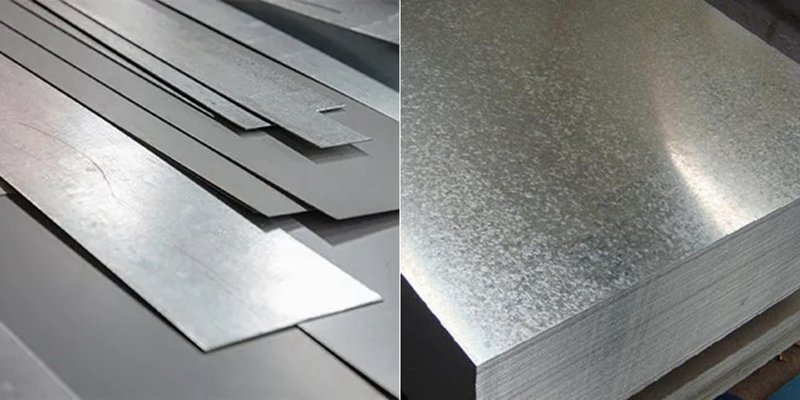
Galvanneal vs. Galvanized steel is a typical type of metal that manufacturers use in a variety of applications. These types of steel have protective layers, making them strong, corrosion-resistant, and cost-effective alternatives to most metals. Therefore, it would be useful to know the properties, advantages and disadvantages of these types of steel to make the best choice for your project.
Galvannealed Steel Overview
Galvanneal steel is a typical metal sheet coated with a zinc-iron layer that protects the underlying sheet from corrosion. Galvanneal steel manufacturing processes include hot-dip galvanizing and annealing. Therefore, the term “galvanneal” is a combination of “galvanize” and “annealing”.
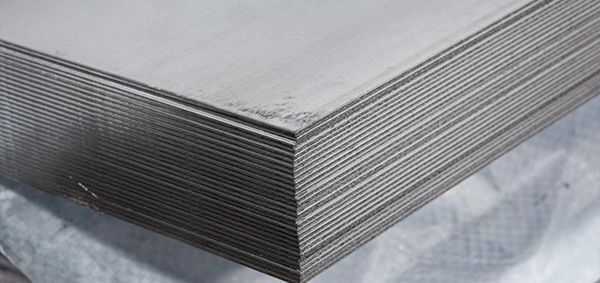
The production of electrovannealing steel involves two main steps. That includes:
Hot dip galvanizing and annealing
The first step is to remove impurities from the metal surface of the steel. Then it is necessary to immerse it in a bath of molten zinc at around 450 °C. The molten zinc reacts with the surface of the steel to create a layer of zinc alloy that must be annealed at a high temperature to promote the diffusion of iron and zinc atoms. This process typically creates a coating that is firmly bonded to the steel surface and offers excellent corrosion resistance.
Continuous galvannealing
This technique is similar to hot-dip galvanizing, but must be used consistently throughout the production line. After the steel is cleaned, it may go through a series of zinc baths and annealing ovens to create a continuous coating. Additionally, manufacturers often use this method for mass production of galvanized steel parts.
Advantages of Galvanneal Steel
Excellent color adhesion
This steel has a polished and uniform surface, suitable for painting. The zinc-iron alloy layer provides an excellent base for paint adhesion. This means that the applied paint adheres firmly to the Galvanneal burner plate and there is less risk of it peeling or peeling.
High formability
Galvanneal steel is highly malleable and can be bent or shaped into many complex shapes without causing damage. Therefore, it is a perfect material for applications that require significant shaping and bending.
Smooth matte finish
Galvanneal steel has a uniform, shine-free surface with a smooth, matte finish. This steel provides an anti-reflective finish required for certain applications.
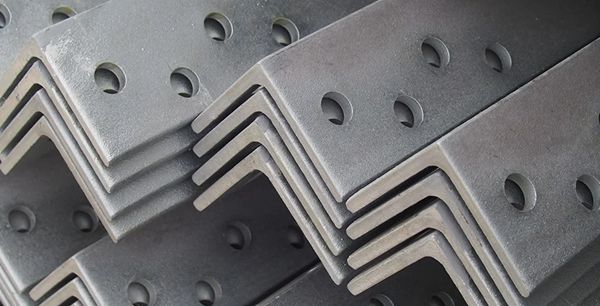
Disadvantages of Galvanneal Steel
Lower corrosion resistance
Although Galvanneal steel offers excellent corrosion resistance, its zinc alloy layer is thinner than the pure zinc coating on traditional galvanized steel. Therefore, Galvanneal steel may not be as resistant to corrosion as galvanized steel in harsh environments.
Higher cost
Due to the additional manufacturing processes required to create the zinc-iron alloy layer, Galvanneal steel is more expensive than galvanized steel.
Susceptible to high temperatures
Galvanneal products do not perform optimally at high temperatures because the zinc-iron alloy layer becomes susceptible to deformation at temperatures above 200°C.
Galvanized Steel Overview
Galvanized steel is a type of metal sheet usually coated with a layer of zinc to ensure its resistance to corrosion. Therefore, the term “galvanization” refers to the process of coating this sheet. The processes involved include:
Hot dip galvanizing
Galvanizing steel using the hot-dip galvanizing process is the most common galvanizing method. The steel sheet is dipped into a zinc fusion solution at about 450°C, in which the zinc reacts with the steel and a zinc-iron alloy layer is created on the surface of the sheet. This coating improves the physical properties of the sheet and increases its resistance to corrosion.
Galvanization
Another well-known galvanizing method is galvanizing. This process uses electrical current to apply a layer of zinc to the metal sheet. First, the plate must be cleaned and passed through a solution full of zinc ions. An electric current must then be applied to the solution so that the zinc ions stick to the steel sheet. This process is more suitable for thinner sheets and produces a thinner layer of zinc compared to hot-dip galvanizing.
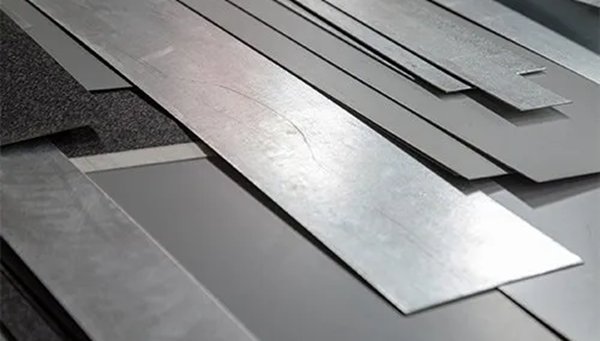
Advantages of galvanized steel
Below are the pros and cons of galvanized metal that you should consider:
longevity
Galvanized steel is extremely durable and can resist corrosion for longer. Therefore, it is a reliable material with a long service life.
Low maintenance effort
Hot-dip galvanized steel products generally require less maintenance over their service life. Therefore, it is an economical material for many applications.
Cost benefit
Due to its cost-benefit, this plate is widely used for various applications.
Disadvantages of galvanized steel
Limited color options
Galvanized steel has limited color options as it typically has a gray or silver appearance, which is not ideal for some designs with specific color requirements.
Poor weldability
Galvanized sheet metal generally has thicker coatings that impair weldability and make it difficult to use the sheet in certain applications.
Not suitable for high temperature applications
This steel is not suitable for high temperature applications as the zinc coating can break down and release harmful fumes.
Comparison Between Galvanized Steel and Galvanized Steel
Although galvanized steel and galvannealed steel share some similarities, there are important differences that can help you determine the best material for your product among these types of steel.
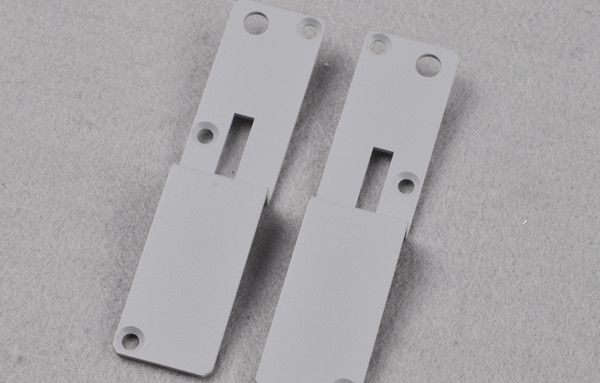
1. Manufacturing process
Galvanized steel is created by immersing steel in a bath of molten zinc at exactly 450º Celsius. The zinc layer serves as a protective shield between the environment and the steel, thus preventing the steel from corroding.
The manufacturing process for galvannealed steel is similar to that for galvanized steel in that the steel must first be dipped into the molten zinc solution. The steel is then heated in an annealing furnace to a higher temperature of about 1,050°F to anneal it. The underlying iron element melts to the surface and forms a mixture of zinc and iron coating. The process creates a zinc-iron alloy coating that bonds to the steel, improving its durability and corrosion resistance.
2. Coating
A pure layer of zinc, usually thin and polished in appearance, covers the galvanized steel. However, it may contain a small amount of iron, a component of stainless steel. You can measure this coating in one ounce per square foot, which is generally between 0.30 oz/ft² (G30) and 2.35 oz/ft² (G235).
Product manufacturers now often coat galvanneal steel with a zinc-iron alloy with a matte surface. It has an excellent three-layer coating (Gamma, Delta and Zeta). You can measure the coating thickness, which ranges from 0.40 oz/ft² (A40) to 0.60 oz/ft² (A60). Additionally, manufacturers anneal galvanneal steel after coating.
3. Properties
Galvanized steel has a shiny, polished appearance. It offers greater strength and corrosion resistance, making it suitable for outdoor use. However, this sheet material is quite soft and therefore susceptible to scratches.
Properties of galvanized steel
Corrosion resistance
Galvanized steel has high resistance to corrosion, making it the perfect material for outdoor applications. Its zinc coating protects against moisture and other corrosive compounds and prevents the hidden steel from rusting.
Strength
This sheet metal is long-lasting and highly durable, making it suitable for applications such as manufacturing and construction. The zinc coating strengthens the steel and provides additional rigidity and strength needed for most applications.
Ductility
Galvanized sheet material is highly ductile. Therefore, you can easily bend or shape the sheet without damaging it. Most importantly, its flexibility makes it a reliable material for manufacturing various parts in a variety of industries.
Weldability
You can use different welding methods such as TIG, MIG, and electromagnetic welding to weld galvanized steel in different shapes. However, please note that the zinc coating releases toxic fumes when exposed to heat. Therefore, it is advisable to take safety precautions when welding galvanized sheets.
In contrast, galvannealed steel offers excellent formability and better paint adhesion. Its surface is generally smoother and its matte finish makes it more durable. Therefore, manufacturers often use galvanneal steel in applications that require greater abrasion resistance.
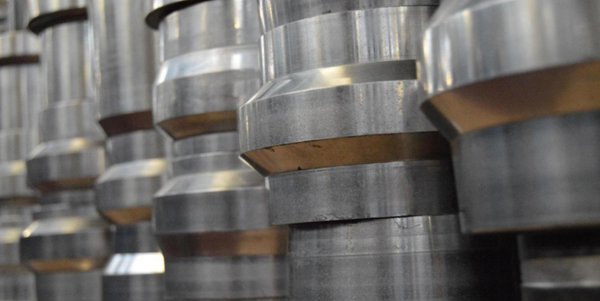
Properties of galvannealed steel
Better paintability
Galvanneal steel can be painted due to its smooth, flat surface. The zinc-iron alloy coating provides a perfect base for paint adhesion. This means that the applied paint is less likely to flake and peel over time. Therefore, Galvanneal steel is a popular option for manufacturing body panels and other parts with high Alodine paint and finish requirements.
Improved formability
You can form galvanneal steel into various complex shapes without damaging it due to its ductility. This property is critical in applications where steel is subject to significant flexing, such as in the construction of HVAC piping or automotive parts.
Lower coating thickness
Galvanneal steel has a thinner layer of zinc-iron alloy and offers the same corrosion resistance as galvanized steel, but with less weight and thickness. Lower coating thickness is critical in applications such as vehicle and aircraft construction where weight and space are important.
Glossless surface
This sheet has a matte appearance with less reflectivity than galvanized steel. This is due to the zinc-iron alloy layer of Galvanneal steel, which ensures that the surface is uniform and not stained. This quality is critical for applications such as signage and construction where a non-reflective surface is required.
4. Appearance
Galvanized steel has a shiny surface due to the crystallization of the zinc coating during the galvanizing process. The surface is generally smooth and homogeneous and has a light silver color that can range from dull gray to shiny reflective. The thickness of the zinc coating can also impact aesthetics, with thicker coatings often resulting in a more noticeable shine pattern.
Galvanized annealed steel, on the other hand, has a dull gray appearance due to the annealing process that follows the galvanizing process. The zinc coating can react with the iron in the steel substrate during annealing, creating an iron-zinc alloy layer. This alloy layer is responsible for the distinctive appearance of galvannealed steel.
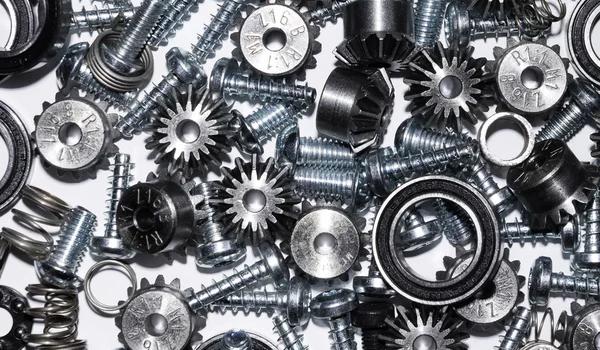
5. Applications
Galvanized Steel Applications
Manufacturers in all industries often use galvanized steel outdoors and in corrosive environments. Here are some of the typical uses of this steel.
HVAC systems : Manufacturers of HAVC (heating, ventilation and air conditioning) systems often use galvanized steel. It is affordable, corrosion resistant and durable. Therefore, it is the best choice for this application. HVAC systems often require ductwork to distribute air throughout the building. Galvanized steel is the perfect sheet.
Agriculture : Galvanized steel is one of the ideal sheets for manufacturing agricultural equipment as it is not susceptible to corrosion and rust. Most tools in this sector are normally exposed to external influences and galvanized products can withstand any environment for a long period of time.
Industrial applications : Manufacturers typically use galvanized steel in industrial applications, including the manufacture of storage tanks, piping and other equipment essential for oil and gas production.
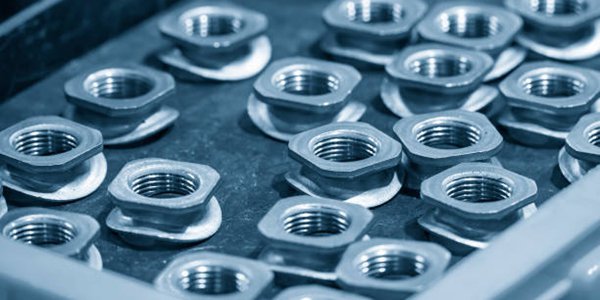
Galvanized Steel Applications
On the other hand, Galvanneal steel is often used for interior applications where better paint adhesion and formability are required. Some of these applications include the following:
Automobile Industry : Automobile manufacturers widely use Galvanneal steel to produce chassis components, body panels, and other structural components. It offers excellent formability and corrosion resistance, as well as easy painting for a high quality finish.
Device Manufacturing : Galvanneal steel is widely used in manufacturing various household appliances including washing machines, refrigerators, dryers, ovens, stoves, etc. It offers excellent formability and corrosion resistance, making it a perfect choice for manufacturing appliance parts such as frames, panels and other structural components.
Electrical Systems : Galvanneal steel is an ideal choice for manufacturing junction boxes, conduits and enclosures due to its formability and corrosion resistance. Furthermore, the paintability of this metal sheet allows components to be individually designed to blend into the environment.
6. Costs
In general, galvannealed steel is more expensive than galvanized steel because it requires an additional manufacturing process. Most importantly, the cost usually varies depending on the thickness of the coating and the size of the order.
Concluding
Galvanneal vs. Galvanized steel is a versatile type of sheet metal, suitable for a variety of applications. Each type of steel has different properties, so neither galvanized nor galvanneal steel is the best choice for all applications. Therefore, the ideal choice between the two depends on the specific needs of your products.

























































